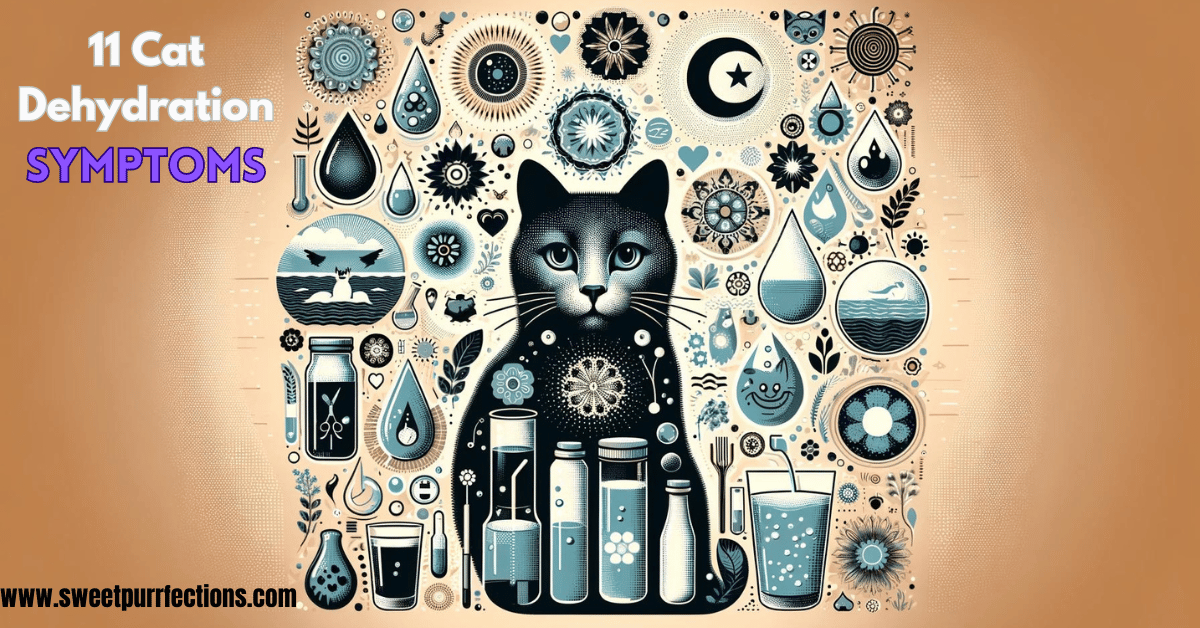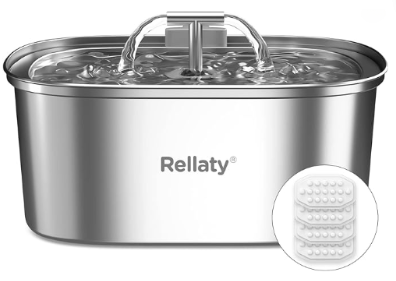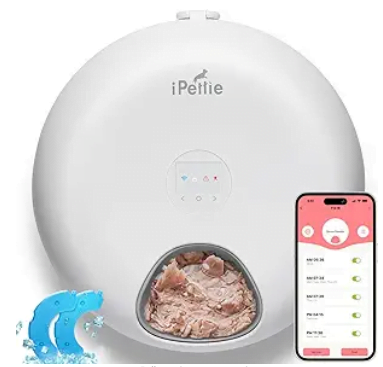This post contains affiliate links and I will be compensated if you make a purchase after clicking on my links.
Introduction
Recognizing cat dehydration symptoms is crucial for every cat parent, and it’s not always as straightforward as a dry water bowl.
In this post, we’re diving into the nitty-gritty of hydration, decoding 11 signs that might indicate your feline friend is parched. So, let’s tune in to our inner cat detectives and ensure our furry pals are as hydrated as they are tech-savvy!
Understanding Cat Dehydration
Dehydration occurs when a cat loses more bodily fluids than they’re taking in, leading to a myriad of health issues. This isn’t just about thirst; hydration impacts everything from kidney function to energy levels.
Now, let’s talk tech. In our digital age, monitoring your cat’s hydration isn’t just about eyeballing the water dish. There are innovative gadgets and apps designed to track your cat’s water intake, alert you to changes in drinking habits, and even provide fresh, filtered water on demand. These tools can be a game-changer in preventing dehydration and keeping your cat in tip-top shape.
Cat Dehydration Symptoms and Severity at a Glance
| Symptom | Severity Indicator |
|---|---|
| 1. Lethargy or Weakness | Mild to moderate. |
| 2. Dry Gums | Moderate. If accompanied by other symptoms, visit a vet. |
| 3. Reduced Skin Elasticity | Moderate to high. Seek veterinary advice promptly. |
| 4. Panting | Moderate to high. |
| 5. Sunken Eyes | Moderate. |
| 6. Decreased Appetite | Mild to moderate. Consult a vet if it lasts more than a day. |
| 7. Increased Heart Rate | Moderate to high. |
| 8. Less Frequent Urination | Moderate. |
| 9. Constipation | Moderate. Consult a vet if there are no bowel movements in 1-2 days. |
| 10. Depression or Irritability | Mild to moderate. |
| 11. Dry, Brittle Fur | Mild to moderate. |
The 11 Cat Dehydration Symptoms Unfurled
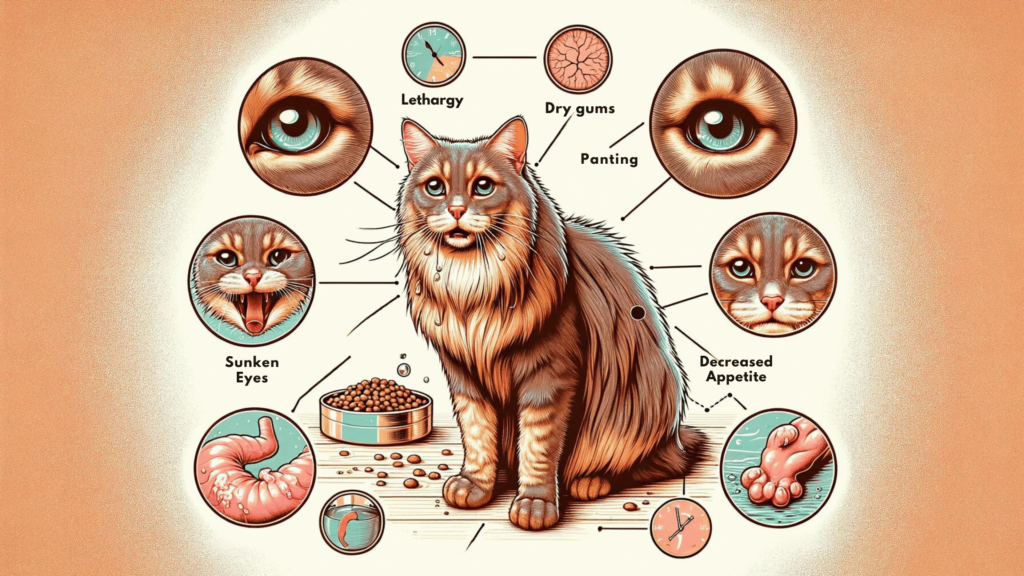
1. Reduced Skin Elasticity
Known as the ‘skin tent test’, this is a simple, hands-on approach. Gently pinch and lift the skin between your cat’s shoulder blades. If it doesn’t snap back like a well-tuned guitar string, it’s time to up their water intake.
2. Dry Gums
Healthy cat gums should feel slick faster than a hacker’s keyboard. If they’re dry and sticky, it’s a red flag. Try the ‘gum test’ by gently pressing on your cat’s gums; if the color doesn’t quickly return, hydration might be the issue.
3. Panting
Cats aren’t known to pant like dogs, so if you see your feline friend huffing like they’ve just had a gym workout, it’s a cause for concern, especially if it’s not a hot day or they haven’t been physically active.
4. Sunken Eyes
Think of your cat’s eyes as their personal mood rings. If they look more sunken than usual, it’s a sign that they might be dehydrated. This symptom, however, is subtle and best assessed by a vet.
5. Decreased Appetite
Is Mr. Whiskers turning his nose up at his favorite tuna treat? Changes in eating habits, especially a reduced appetite, can be linked to dehydration.
6. Increased Heart Rate
A heart rate that’s faster than a cat chasing a laser pointer can be a sign of dehydration. Special pet heart rate monitors, or even a vet’s expert touch, can help determine if there’s a problem.
7. Less Frequent Urination
If you’re noticing that your cat’s litter box is more desert than usual oasis, it could be a sign they’re not drinking enough. Cats should urinate regularly, so a decrease can be a tell-tale sign of dehydration.
8. Constipation
Just like in their human companions, dehydration in cats can lead to constipation. Keep an eye on their litter habits; difficulty or infrequent bowel movements can indicate they’re not getting enough fluids.
9. Depression or Irritability:
Cats are usually masters of their own universe, but dehydration can turn even the most purr-sonable kitty into a grumpy cat. Watch for changes in their mood or behavior, as it can be a subtle sign of health issues.
10. Dry, Brittle Fur
A cat’s fur is the pride of their appearance. If it starts to lose its usual sheen and feels more like a worn-out scrubber than a luxurious coat, it might be due to dehydration affecting their overall health.
11. Lethargy or Weakness
If your usually playful purr-machine is more couch potato than curious explorer, take note. This could be a sign of dehydration.
Tech tip: Consider a cat activity monitor. These nifty gadgets, similar to our fitness trackers, can help you keep an eye on changes in activity levels, alerting you to any unusual lethargy.
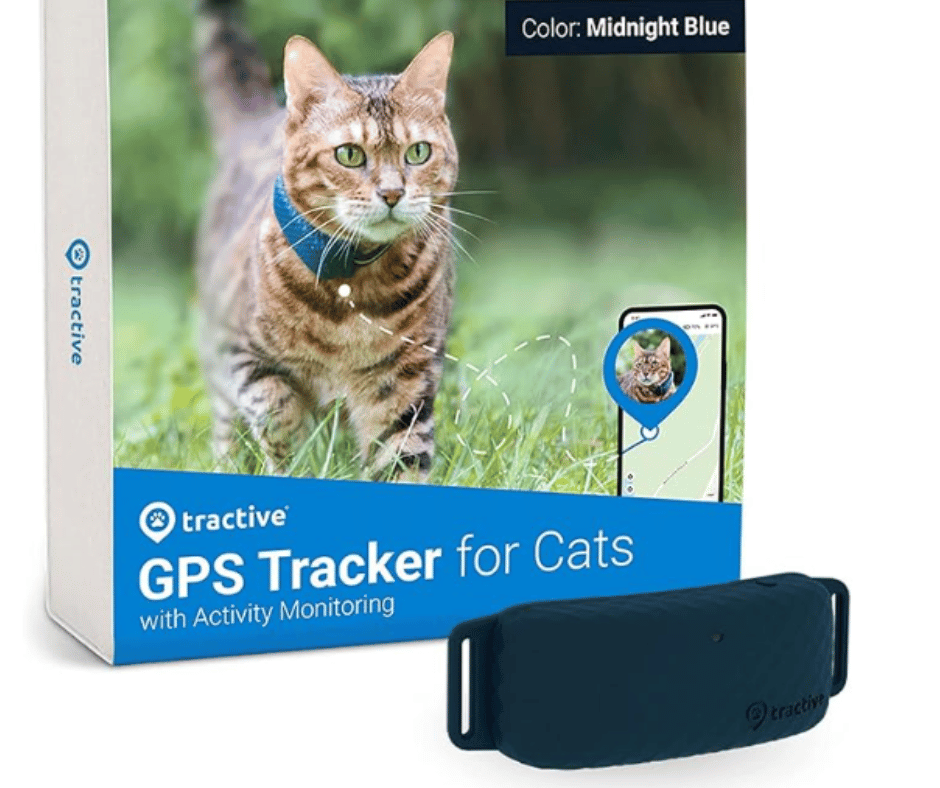
Smart Technology for Cat Dehydration Prevention
Now, let’s switch gears from symptoms to solutions. In our tech-driven world, there are several gadgets and apps that can be our allies in ensuring our feline friends stay well-hydrated:
- Smart Water Fountains: These aren’t just chic home decor items. They encourage cats to drink more by providing a continuous flow of fresh, filtered water. Plus, some models can even track how much water your cat is drinking.
- Health Tracking Apps: There’s an app for everything, and that includes cat health. These apps can help you log water intake, monitor changes in eating and litter box habits, and even remind you when it’s time for a vet visit.
- Automated Feeders with Tracking: These advanced feeders do more than just dispense food; they’re smart enough to track how much wet food your cat consumes. Since wet food is a significant source of hydration for cats, this feature is invaluable. These feeders log the amount of wet food eaten and can send this vital hydration-related data straight to your smartphone.
Remember, while these gadgets are helpful, they don’t replace the need for regular check-ups with the vet. They are, however, great tools in your cat-care arsenal, helping you keep tabs on your cat’s hydration and overall health.
Preventing Dehydration in Cats
Keeping your cat hydrated is more than just filling up the water bowl. It’s about creating an environment and routine that encourages regular drinking. Here are some practical tips and tech solutions:
- Multiple Water Stations: Set up several water bowls around the house. Cats can be territorial, and having their own ‘watering hole’ in different locations can encourage them to drink more.
- Flavorful Water: Some cats are finicky drinkers. Try adding a bit of flavor to their water with a splash of tuna juice or chicken broth (make sure it’s low sodium and onion-free).
- Water Fountain Maintenance: If you’re using a smart water fountain, regular cleaning and filter changes are crucial to keep it inviting and hygienic.
Conclusion
Recognizing cat dehydration symptoms is a vital skill for every pet parent. Armed with the knowledge of these signs and the help of some handy tech, you can ensure your cat stays as hydrated as a well-programmed robot. Remember, proactive monitoring, combined with regular vet visits, is the key. So, let’s raise a water bowl to our tech-savvy, well-hydrated feline friends!
Meet Sean, a fintech whiz with a penchant for pet purrs and blockchain buzz. After a decade of fintech feats, Sean’s tech talents leaped from ledger lines to litter lines, driven by a passion for pets and a vision for a more connected pet care community. With three critter companions as co-pilots, Sean launched this blog to share a treasury of pet-friendly tech tips and tales.

